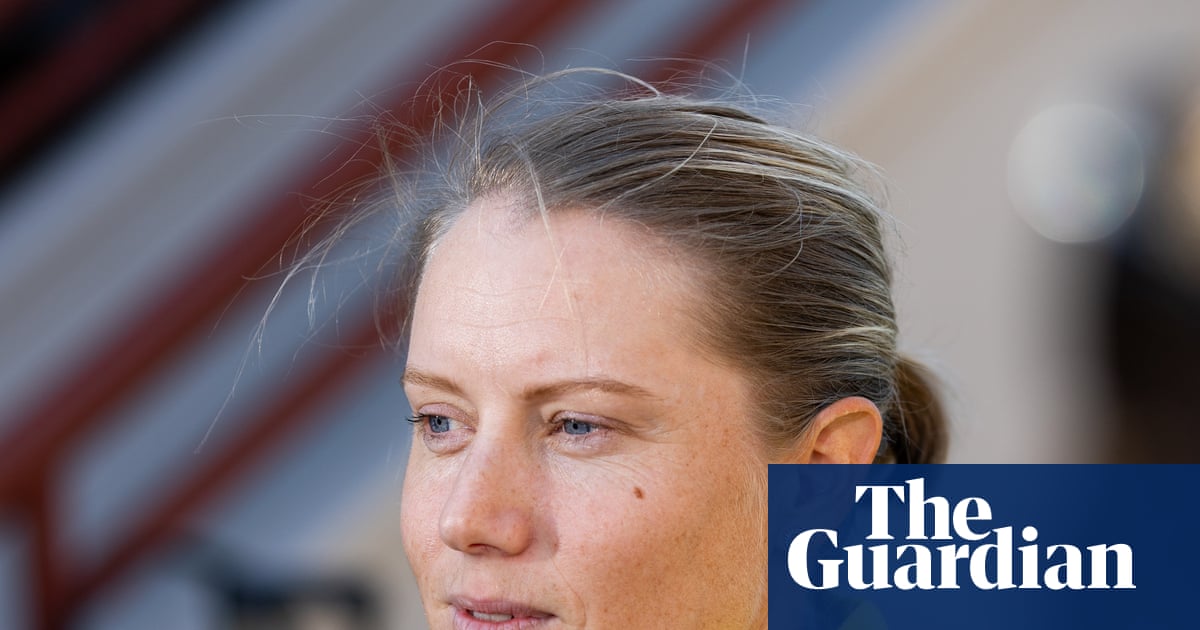From the Pocket: they may be old but Scott Pendlebury’s Collingwood are wily and hungry

The “too old, too slow” slight is as old as football. In the AFL era, Hawthorn in 1991 and Geelong in 2011 both played like they were insulted at the idea of being pensioned off. But by today’s standards, the age composition of those two premiership teams shouldn’t have been cause for concern. Michael Tuck was 38 but it felt like he’d been 38 since the early 1980s. Chris Mew was 30 and Gary Ayres turned 31 on grand final day. Within six months of that game, Dermott Brereton’s body was shot to bits. But he was still only 27. Similarly, the Geelong side of 2011 wasn’t the dad’s army that they’re sometimes remembered as, with only five 30 or older and Matthew Scarlett the oldest at 32.The Collingwood team that will run out in the preliminary final really is old. If Jeremy Howe plays, he’ll be the ninth player who is 30 or over. Two more, Jordan De Goey and Darcy Moore, will soon join them. It’s a trend we’re seeing in all sports. Tom Brady retired at 45. Novak Djokovic won a dozen grand slams in his 30s. Serena Williams won nine, including an Australian Open at 35 when she was pregnant.The truly solar stars – Brady, Djokovic, Cristiano Ronaldo, Kyrie Irving, Kelly Slater and Aaron Rodgers – are often fanatical about nutrition, sleep, supplementation and pesky little things like vaccines. Mason Cox (34), with the greatest respect, is no Ronaldo. And Brody Mihocek (held together by masking tape at 32) doesn’t move like Djokovic. But it’s worth looking at what Collingwood is doing here. Is it simply a case of having one last throw at the stumps before a glut of retirements? Are they trained differently to players at other clubs? And do the daily habits of their oldest players rub off on everyone else?The role Collingwood’s high-performance manager has played in prolonging so many careers cannot be underestimated. Jarrod Wade arrived at Collingwood two weeks after Craig McRae. He’d been working in rugby league for more than half a decade and he was adamant that AFL players weren’t physically resilient enough. He often quoted Wayne Bennett: “You don’t have to feel good to train good.” This was at odds with the conditioning mentality at many clubs, who’d often be hyper-cautious with sore players, especially older ones. Many were shocked by the volume and intensity of his first preseason. But he was more than some old school sadist throwing eggs at the wall and persisting with the ones that didn’t break. He had the right blend of data and intuition. Crucially, he had a core group of self-driven, physically and mentally resilient senior players who ate up the hard work. By halfway through the following season, they were mowing teams down in final quarters.More than anything, he had Scott Pendlebury. Earlier this year, the 37-year-old did a podcast with Mark Howard, an off-season-in-the-life type arrangement that provided some insights into why he’s so durable and so good. When he wasn’t in the sauna, he was having an afternoon nap. When he wasn’t doing cold plunges, he was doing mobility exercises. You can’t help but wonder how many professional athletes, especially 37-year-old fathers, could adhere to that kind of regime.But Pendlebury relishes it. One of Novak’s former coaches referred to the tennis player’s “continuity of obsession”. Like the Serbian champion, the overwhelming impression was that none of this was a chore for Pendlebury, that he loved optimising every hour, every calorie and every kilometre.Listening to a man itemise his hot/cold routine is just about the most boring thing a grown adult can do. But it’s the tedious, meticulous stuff in late October that allows him the full expression of his game in September. And it’s a joy to watch him play in moments like that – to watch him conducting a game, to watch him compute and solve the game’s problems, and to navigate its chokepoints. The similarly ageless Patrick Dangerfield leaves divots, bruises and trauma. Pendlebury doesn’t leave a trace. He hovers above the game, popping in where he sees fit, like a cat hopping on a lap.A few days before the 2023 grand final, he did a podcast with the journalist Jay Clark and Ross Lyon. Just sitting in a chair and sipping from a water bottle, he radiated the kind of energy you often see in experienced, emotionally regulated athletes on the eve of competition. He looked like a man who’s spent the past six months sauna-ing, cold-plunging and analysing stoppages. He looked like the least likely footballer imaginable to play the game in his head before he ran out.Lyon saw it too. “You look like a title fighter,” he laughed. “Lean, dog hungry, ready to go.” That’s Pendlebury and that’s Collingwood right now – hungry, wily and yes, old, a team raging against the dying of the light.









